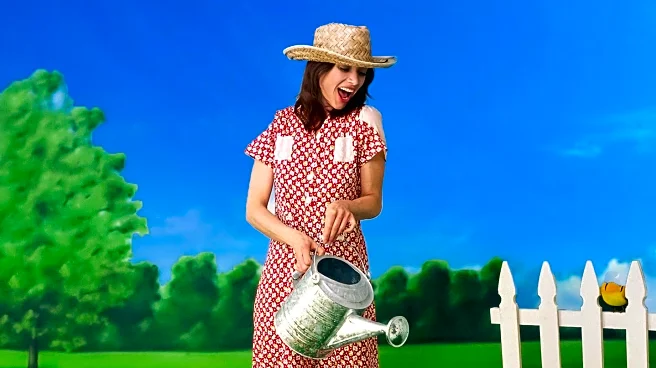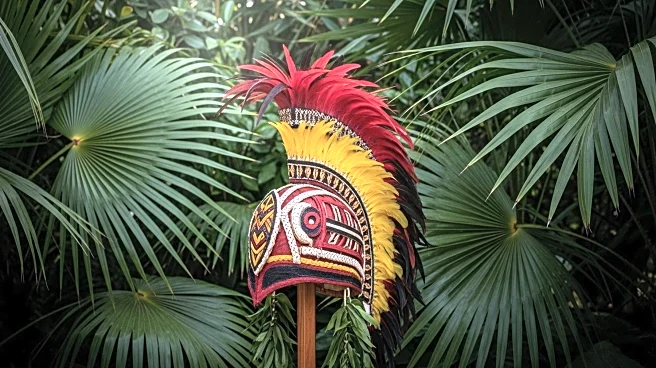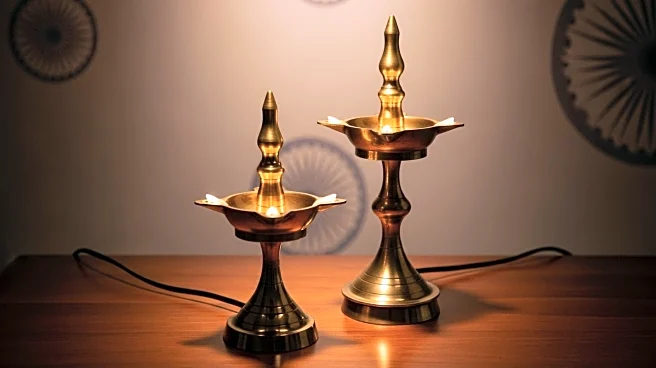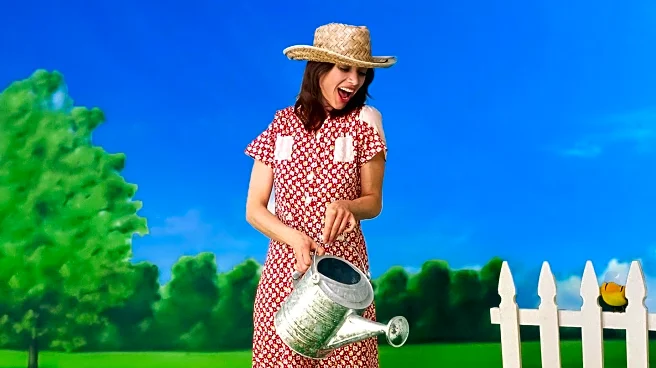What is the story about?
What's Happening?
Christine Brown Woolley, a former star of the TLC show 'Sister Wives,' has opened up about her experiences in a plural marriage and her decision to leave it. Woolley grew up in a fundamentalist Mormon community, where she cherished having multiple maternal figures. She married a man with two other wives and shared her life on television for 25 years. Despite the joys of her upbringing and the shared marriage, Woolley eventually realized she needed to pursue a monogamous relationship. Her story was featured in a recent episode of the podcast 'Modern Love,' where she discussed the complexities and lessons learned from her unique marital experience.
Why It's Important?
Christine Brown Woolley's story highlights the cultural and personal dynamics of polygamous marriages, which remain a controversial topic in the U.S. Her departure from a plural marriage after decades reflects broader societal shifts towards monogamy and individual autonomy. This narrative may influence public perceptions of polygamy, potentially affecting legal and social discussions around marriage practices. Woolley's experience also underscores the emotional and psychological aspects of transitioning from a shared marital structure to a monogamous one, offering insights into the challenges faced by individuals in similar situations.
What's Next?
Christine Brown Woolley's transition to a monogamous relationship may inspire others in polygamous marriages to reconsider their marital choices. Her public discussion could lead to increased dialogue about the legal status and societal acceptance of polygamous relationships in the U.S. As Woolley continues to share her story, it may prompt further exploration of the personal and cultural implications of such marriages, potentially influencing future media portrayals and public policy debates.
Beyond the Headlines
Woolley's story raises ethical questions about the portrayal of polygamous marriages in media and the impact of such representations on public understanding. It also touches on the cultural significance of family structures within fundamentalist communities, offering a glimpse into the values and traditions that shape these relationships. Her narrative may contribute to a broader conversation about the balance between tradition and modernity in family life.
AI Generated Content
Do you find this article useful?














